I compiled a simple program using Visual Studio 2017
#include <stdio.h>
int main()
{
printf("hello, world\n");
return 0;
}
I compile it with command line
cl 1.cpp /Fa1.asm
This gives me assembly code that (mostly) makes sense to me
; Listing generated by Microsoft (R) Optimizing Compiler Version 19.14.26429.4
INCLUDELIB LIBCMT
INCLUDELIB OLDNAMES
CONST SEGMENT
$SG5542 DB 'hello, world', 0aH, 00H
CONST ENDS
PUBLIC ___local_stdio_printf_options
PUBLIC __vfprintf_l
PUBLIC _printf
PUBLIC _main
PUBLIC ?_OptionsStorage@?1??__local_stdio_printf_options@@9@4_KA ; `__local_stdio_printf_options'::`2'::_OptionsStorage
EXTRN ___acrt_iob_func:PROC
EXTRN ___stdio_common_vfprintf:PROC
; COMDAT ?_OptionsStorage@?1??__local_stdio_printf_options@@9@4_KA
_BSS SEGMENT
?_OptionsStorage@?1??__local_stdio_printf_options@@9@4_KA DQ 01H DUP (?) ; `__local_stdio_printf_options'::`2'::_OptionsStorage
_BSS ENDS
; Function compile flags: /Odtp
_TEXT SEGMENT
_main PROC
; File c:\users\mr dai\documents\michael\study\cybersecurity\reverseengineering4beg\random\random\random.cpp
; Line 3
push ebp
mov ebp, esp
; Line 4
push OFFSET $SG5542
call _printf
add esp, 4
; Line 5
xor eax, eax
; Line 6
pop ebp
ret 0
_main ENDP
_TEXT ENDS
; Function compile flags: /Odtp
; COMDAT _printf
_TEXT SEGMENT
__Result$ = -8 ; size = 4
__ArgList$ = -4 ; size = 4
__Format$ = 8 ; size = 4
_printf PROC ; COMDAT
; File c:\program files (x86)\windows kits\10\include\10.0.17134.0\ucrt\stdio.h
; Line 954
push ebp
mov ebp, esp
sub esp, 8
; Line 957
lea eax, DWORD PTR __Format$[ebp+4]
mov DWORD PTR __ArgList$[ebp], eax
; Line 958
mov ecx, DWORD PTR __ArgList$[ebp]
push ecx
push 0
mov edx, DWORD PTR __Format$[ebp]
push edx
push 1
call ___acrt_iob_func
add esp, 4
push eax
call __vfprintf_l
add esp, 16 ; 00000010H
mov DWORD PTR __Result$[ebp], eax
; Line 959
mov DWORD PTR __ArgList$[ebp], 0
; Line 960
mov eax, DWORD PTR __Result$[ebp]
; Line 961
mov esp, ebp
pop ebp
ret 0
_printf ENDP
_TEXT ENDS
; Function compile flags: /Odtp
; COMDAT __vfprintf_l
_TEXT SEGMENT
__Stream$ = 8 ; size = 4
__Format$ = 12 ; size = 4
__Locale$ = 16 ; size = 4
__ArgList$ = 20 ; size = 4
__vfprintf_l PROC ; COMDAT
; File c:\program files (x86)\windows kits\10\include\10.0.17134.0\ucrt\stdio.h
; Line 642
push ebp
mov ebp, esp
; Line 643
mov eax, DWORD PTR __ArgList$[ebp]
push eax
mov ecx, DWORD PTR __Locale$[ebp]
push ecx
mov edx, DWORD PTR __Format$[ebp]
push edx
mov eax, DWORD PTR __Stream$[ebp]
push eax
call ___local_stdio_printf_options
mov ecx, DWORD PTR [eax+4]
push ecx
mov edx, DWORD PTR [eax]
push edx
call ___stdio_common_vfprintf
add esp, 24 ; 00000018H
; Line 644
pop ebp
ret 0
__vfprintf_l ENDP
_TEXT ENDS
; Function compile flags: /Odtp
; COMDAT ___local_stdio_printf_options
_TEXT SEGMENT
___local_stdio_printf_options PROC ; COMDAT
; File c:\program files (x86)\windows kits\10\include\10.0.17134.0\ucrt\corecrt_stdio_config.h
; Line 85
push ebp
mov ebp, esp
; Line 87
mov eax, OFFSET ?_OptionsStorage@?1??__local_stdio_printf_options@@9@4_KA ; `__local_stdio_printf_options'::`2'::_OptionsStorage
; Line 88
pop ebp
ret 0
___local_stdio_printf_options ENDP
_TEXT ENDS
END
However I open the exe with IDA and the disassemble spits out something completely unintelligible.
Why is this the case? Does visual studio automatically obfuscate assembly code by default? I googled but this doesn't seem to be the case. If so, how do I turn obfuscation off?
Thanks







